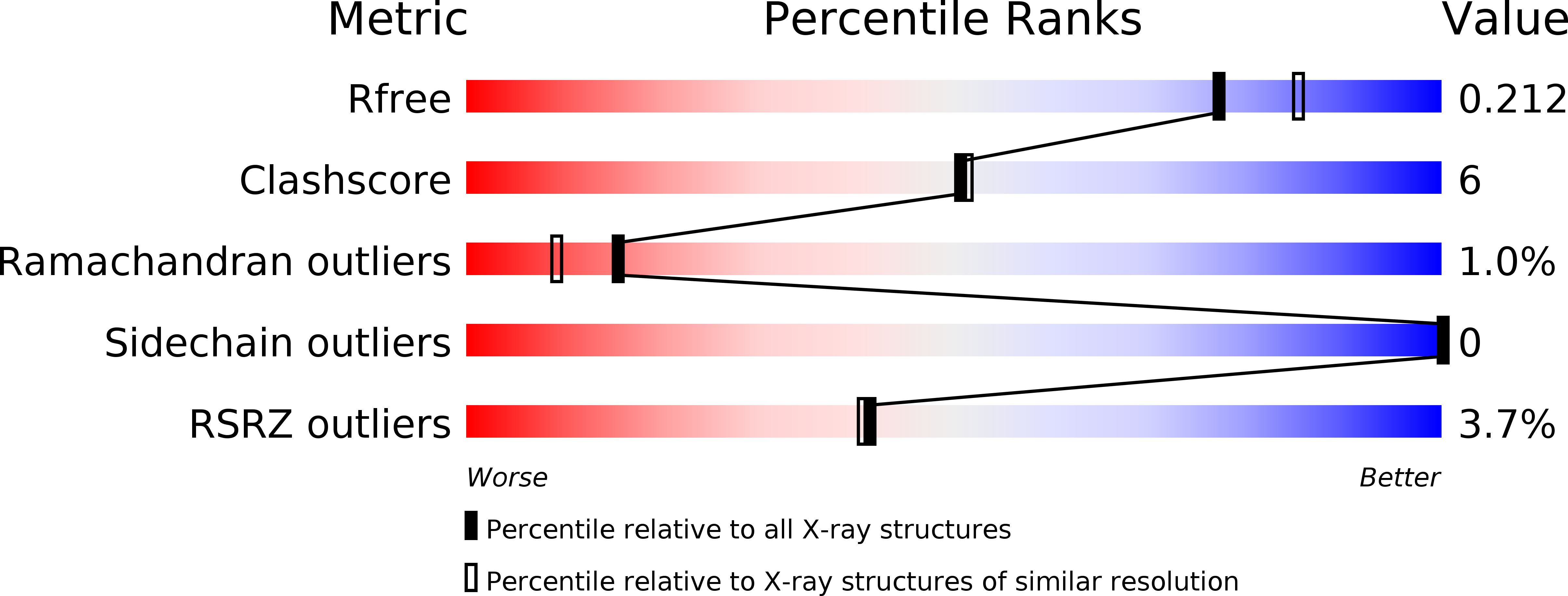
Deposition Date
2001-09-12
Release Date
2002-09-12
Last Version Date
2024-10-16
Entry Detail
PDB ID:
1GMB
Keywords:
Title:
Reduced structure of CYTOCHROME C3 FROM DESULFOVIBRIO DESULFURICANS ATCC 27774 at pH 7.6
Biological Source:
Source Organism:
DESULFOVIBRIO DESULFURICANS (Taxon ID: 876)
Method Details:
Experimental Method:
Resolution:
2.00 Å
R-Value Free:
0.20
R-Value Work:
0.17
R-Value Observed:
0.17
Space Group:
P 61 2 2


